Summary
- The Mario franchise has evolved with diverse art styles and innovative mechanics over the years.
- Iconic games like Super Mario Bros. 2 and Super Mario Land 2 introduced new characters, power-ups, gauges, and overworld maps.
- New Super Mario Bros. set standards with visuals, power-ups, co-op gameplay, leading to multiple sequels.
The Mario franchise has expanded and changed a lot since its debut in the 1980s. From the visuals to the gameplay, Mario has continued to evolve and adapt as he enters each new era of gaming, with the developers at Nintendo experimenting with new concepts and mechanics.
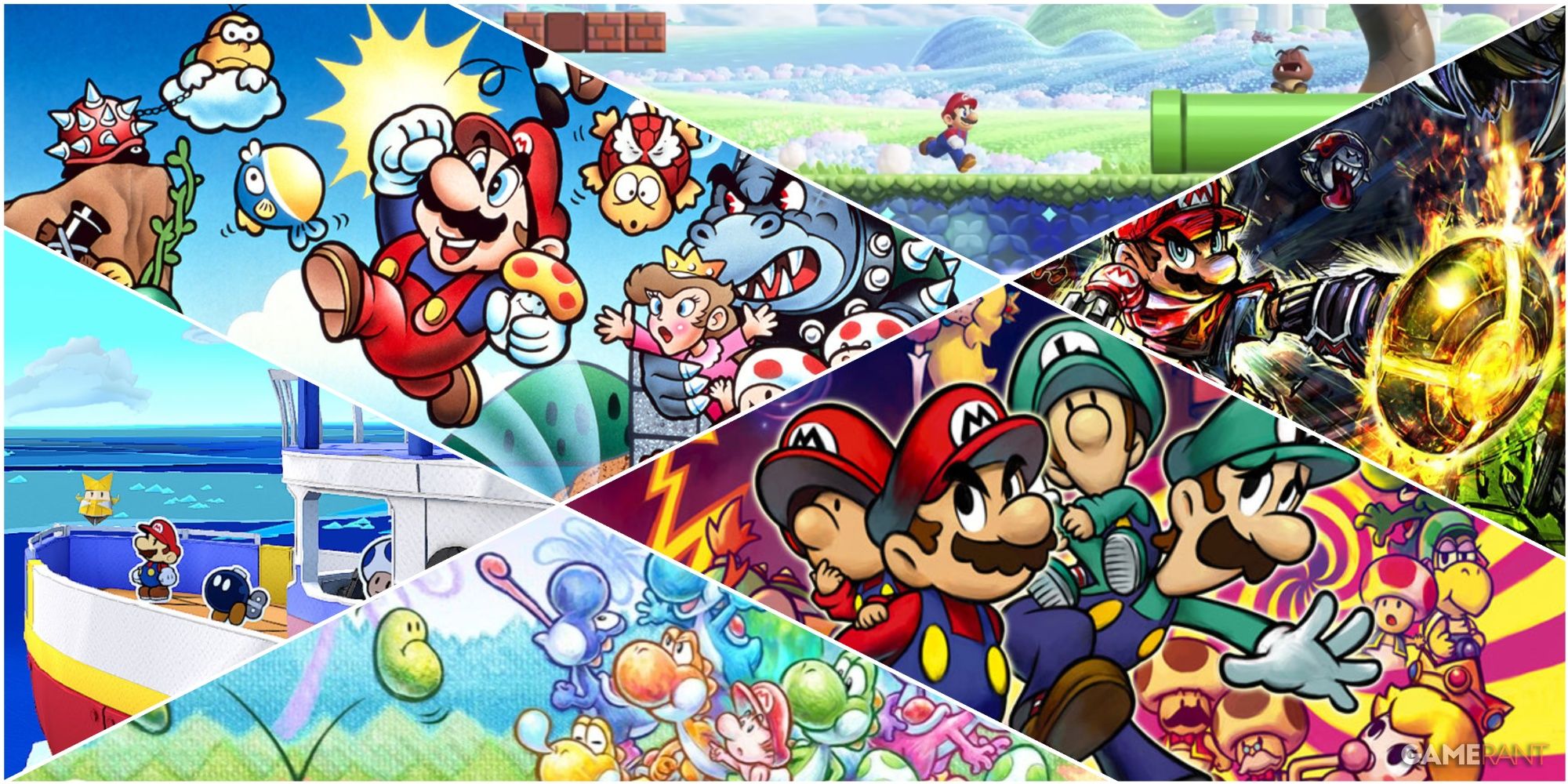
Related
8 Best Mario Art Styles Of All Time
The Mario franchise has experimented with a diverse selection of art styles, many of which remain immensely popular to this day.
In the case of specific Mario games, they have not only provided gamers with entertaining experiences but have left an impact on the series as a whole. They proved to be so innovative that future games would continue to take from them with each continuing title, whether it’s the mainline games or the spin-offs.
10
Super Mario Bros.
The Best Jump From An Arcade Game To A Home Console Classic
Some might make the mistake of saying that Super Mario Bros. is where the franchise began, but that’s not entirely true. Mario and Luigi were the titular heroes of the Mario Bros. arcade game, which was only one screen that looped infinitely while players rack up points. Super Mario Bros. was the sequel, and it cemented the series as a side-scrolling platformer going forward.
Super Mario Bros. is where fans were introduced to now-beloved characters like Princess Peach, Toad, and Bowser. Not only did the 1985 game change the Mario franchise forever, but it established a new norm for video games in general, with 2D side-scrolling platformers dominating the gaming market for years afterward.
9
Super Mario Bros. 2
Players Could Control Multiple Characters For The First Time
Despite being an overhauled version of what was going to be a completely different game, Super Mario Bros. 2 still delivered a memorable experience. It was the first time players could pick a character other than Mario to play as, with four characters available, and rather than a simple left-to-right structure, levels were sometimes non-linear to provide more of a challenge.
Iconic enemies and minions were also introduced in Super Mario Bros. 2, with Birdo becoming a staple playable character in spin-off titles. Meanwhile, Shy Guys, Ninji, Bob-Ombs, and more made their debut and have remained part of the series ever since.
8
Super Mario Bros. 3
Overworlds Became A Staple Of The Franchise
Returning to the classic sidescrolling style of the first game, Super Mario Bros. 3 featured several revolutionary mechanics for the franchise. The first was a gauge that, when filled by running, could allow Mario and his little brother Luigi to leap higher into the air—or fly, depending on the power-up. This allowed for new ways of puzzle-solving and speedrunning through levels.
The second revolutionary mechanic was that Super Mario Bros. 3 featured an overworld map. Instead of just moving on to the next level, the player can move their character around the overworld to find bonus levels, item houses, and more. The overworlds would become commonplace in Super Mario World and various other titles, most recently with Super Mario Bros. Wonder.
7
Super Mario Land 2: 6 Golden Coins
Wario Made His Debut As Mario’s Copycat Villain
Super Mario Land 2: 6 Golden Coins
The Game Boy Mario games are often forgotten due to not being as popular as the console games. However, they remain quality Mario games, especially Super Mario Land 2: 6 Golden Coins, which had its own set of unique worlds, power-ups, and a (then) new villain in the form of Wario, Mario’s greedy doppelgänger.
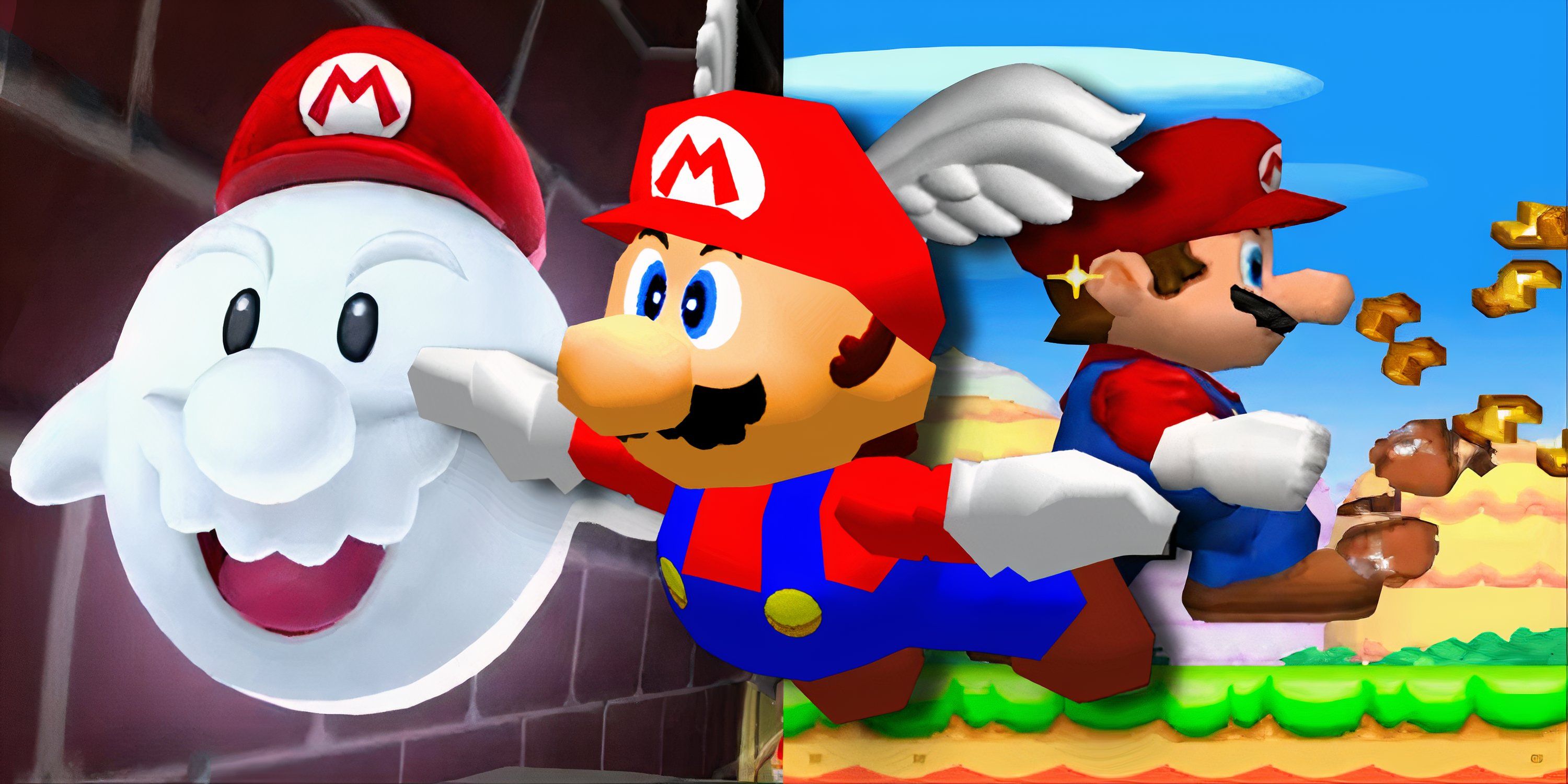
Related
10 Power Ups In Mario Games That Deserve A Comeback
Mario has had many power-up transformations that don’t get enough time in the spotlight, from the Ice Flower to the Wing Cap.
It was his introduction in Super Mario Land 2 that led to Wario getting his spin-off Wario Land and WarioWare franchises, and then becoming a recurring character in Mario Party, Mario Kart, and the Mario sports games. Additionally, without the creation of Wario, there would be no Waluigi as his partner in later games.
6
New Super Mario Bros.
Multiple Games Took On This Style For Years
New Super Mario Bros. set a new standard for Mario games for a long time. It took the fundamentals established in previous Mario games but expanded on them with a new visual style, additional iconic power-ups to enjoy, and an emphasis on co-op gameplay rather than competitively seeing who gets the most points in a level.
After Nintendo had a hit with New Super Mario Bros. on the Nintendo DS, the game received sequels on the Wii, 3DS, and Wii U. It became the definitive form of 2D Mario game for years, boasting quaint music, simplistic levels, and adding different characters to play with each title.
5
Mario Party
The Beginning Of The Ultimate Family Game
At the end of the day, Mario games are meant to be for all ages, and there is no better example than the Mario Party series. The original remains an iconic game thanks to its board game-like structure mixed with minigames where up to four players compete to see who comes out on top.
The simple concept of Mario Party spawned its own franchise, which now has fans who don’t even play the mainline Mario games, both children and adults alike. As a result, there are over a dozen Mario Party titles, which is more than most of the Mario spin-off games.
4
Bowser’s Fury
There Had Never Been An Open-World Mario Game Before
The Mario franchise has stuck to a similar formula for decades, and there is nothing wrong with sticking to something that clearly works. However, Bowser’s Fury indicates new possibilities for the future as it is the first truly open-world Mario game, built off the foundation of Super Mario 3D World and using its assets to create an entirely new game.
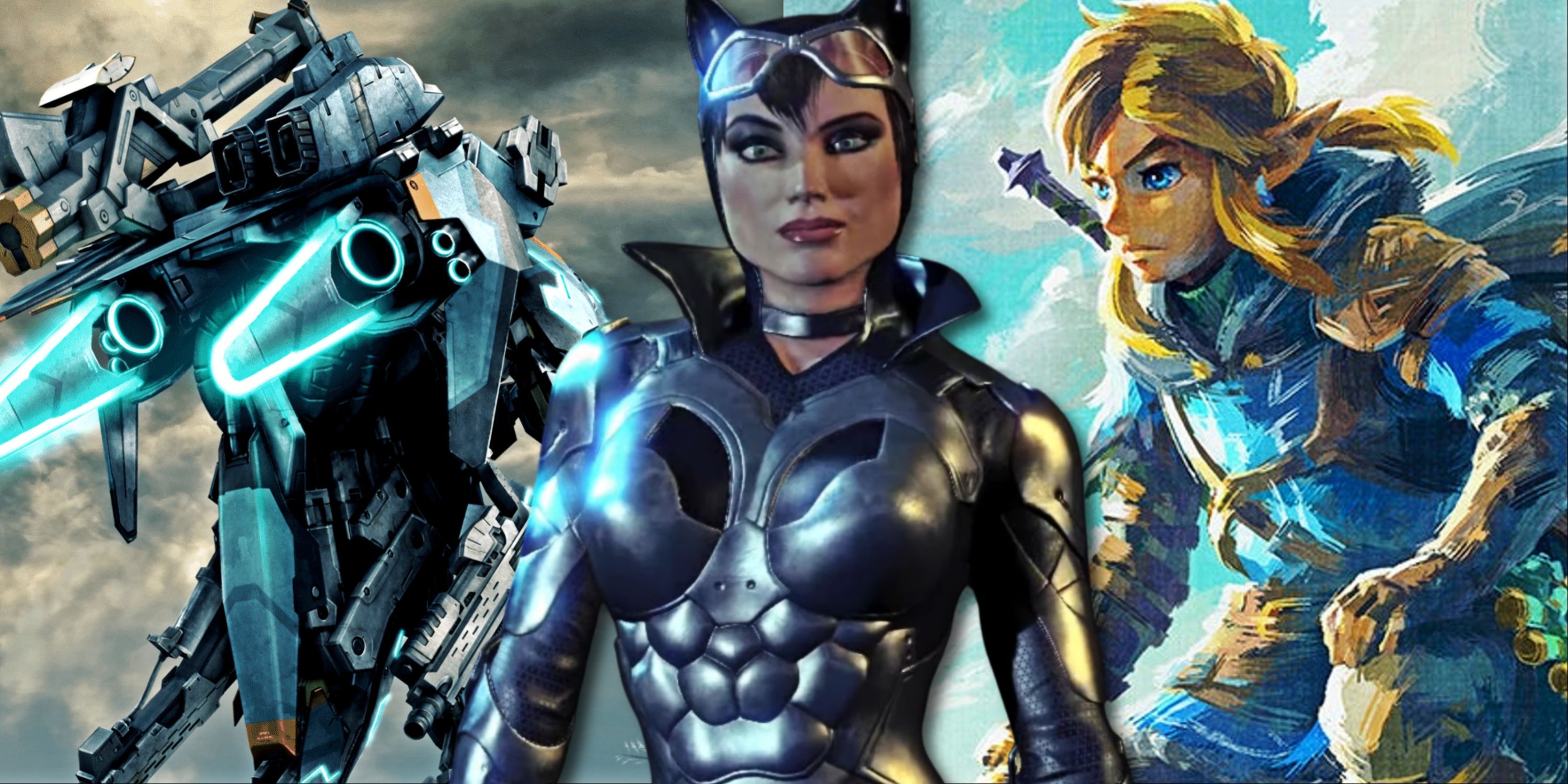
Related
9 Best Open-World Nintendo Exclusive Games, Ranked
Nintendo has released several exceptional exclusive open-world titles, such as Xenoblade Chronicles X and The Legend of Zelda: Tears of the Kingdom.
It is not the longest game in the world, but many gamers found it refreshing to freely explore Lake Lapcat as Mario and Bowser Jr., solving every mission in any order, listening to tranquil music, and fighting Fury Bowser as a unique NPC. It showcases the possibilities of open-world Mario, with many fans hoping to see how Nintendo might expand on it with a new Mario sequel.
3
Mario Kart 64
The Sequel That Set The Standard For Mario’s Racing Spin-Offs
Mario Kart 64 was not the first game in the spin-off series, but it made the biggest impact. It was a sequel that took everything that the first game did so well and amplified it with new visuals, the inclusion of power-up attacks, and an even better roster full of characters, including Mario’s old rival Donkey Kong, his friend Toad, and more.
After its release in 1998, Mario Kart 64 became the template for every subsequent Mario Kart game. Whether it’s the gameplay, the visuals, or even familiar maps making a return, Mario Kart 64 continues to have an influence, even in Mario Kart 8.
2
Super Mario 64
3D Visuals Became Mario’s New Norm
While it did not invent 3D platformer gameplay, Super Mario 64 did revolutionize it thanks to its colorful and vibrant worlds combined with smooth and responsive controls. For 1996, it was unlike anything the fanbase had seen before, which led to it becoming a critical and financial success.
Rather than levels, Super Mario 64 introduced worlds that were accessed via a hub, and each world was filled with a collection of missions to accomplish. This beloved Nintendo 64 title became the template for the long line of 3D Mario games that followed, with Charles Martinet becoming the go-to voice of Mario for years.
1
Super Mario Galaxy
Opened Mario Games Up To New Possibilities
Typically, the Mario games stick to the Mushroom Kingdom or other neighboring kingdoms within the same world. Super Mario Galaxy expanded on the possibilities of the Mario universe—quite literally—as Mario is sent on an intergalactic adventure to save Peach with the help of the Lumas and a mysterious new character named Rosalina.
An out-of-this-world adventure was just what the franchise needed, because ever since Super Mario Galaxy and its sequel, the franchise continues to experiment. Whether it’s Super Mario 3D World, Super Mario Odyssey, or Bowser’s Fury, the plots have featured Mario traveling to other dimensions and planets to face new threats and gain new powers.
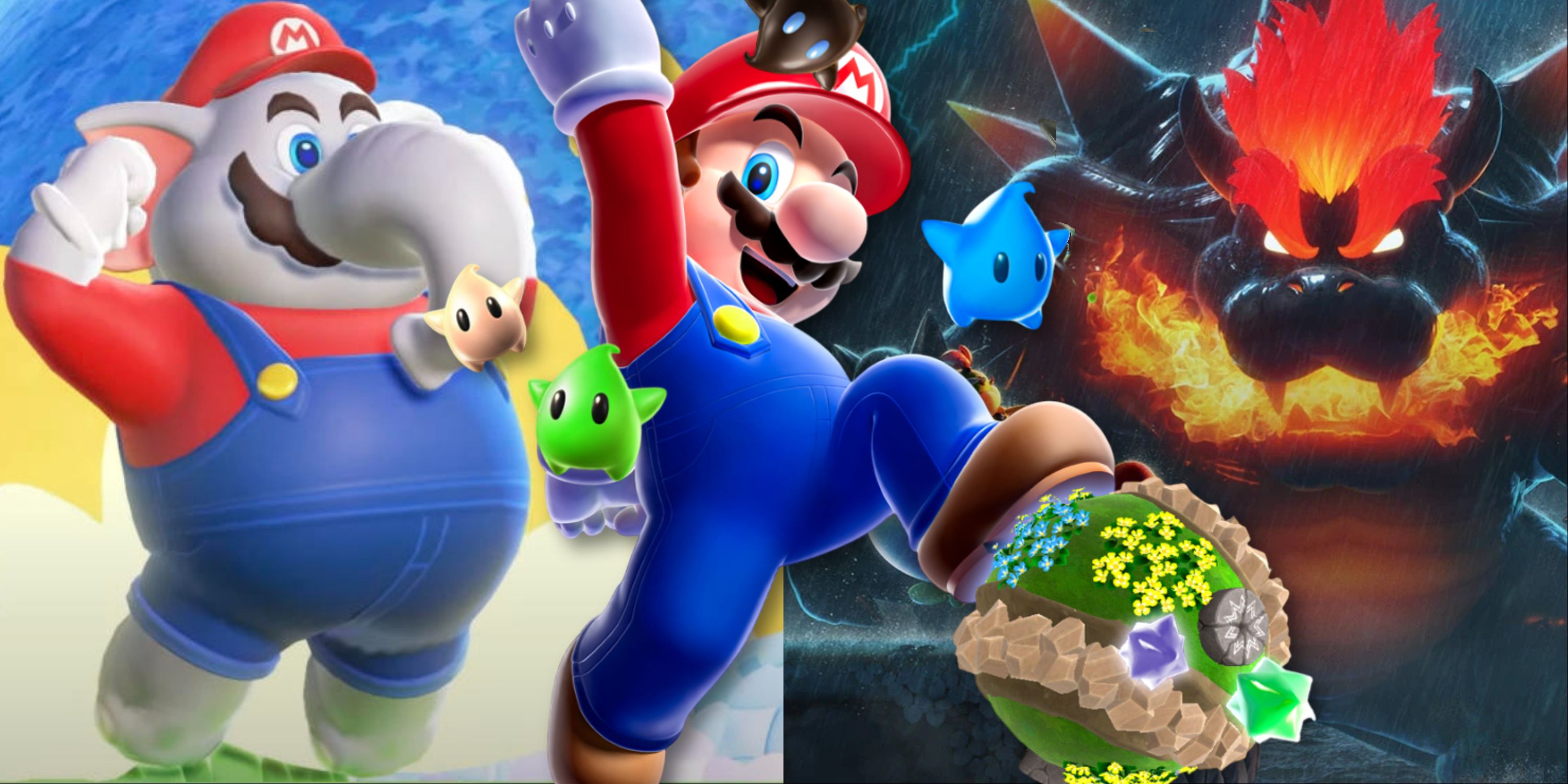
More
11 Best Gimmicks In Mario Games
Nintendo has made a habit of throwing in new gimmicks to attract players to buy Mario games, such as Bowser’s Fury and Super Mario Galaxy.
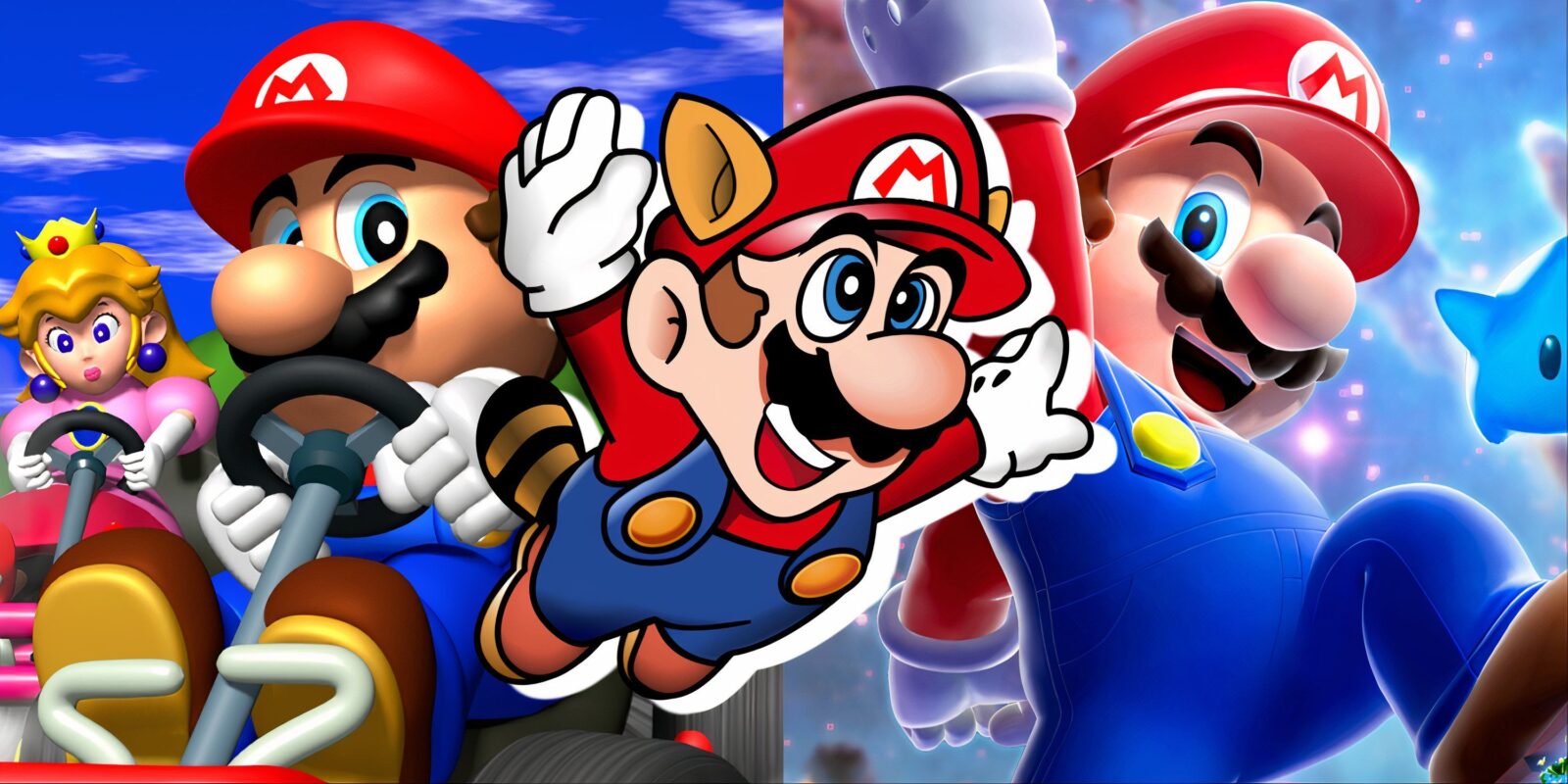
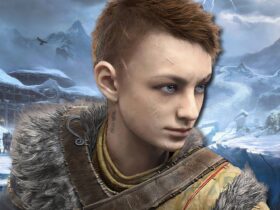
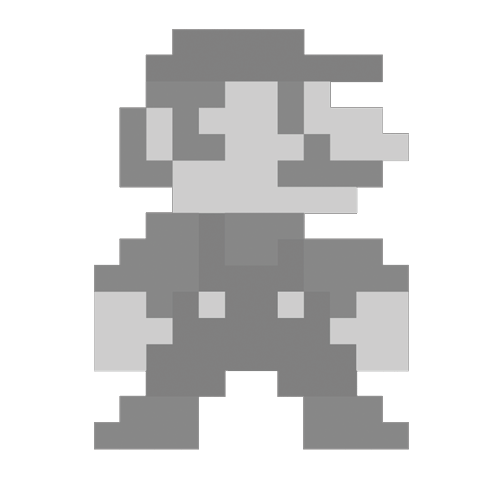
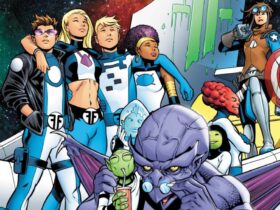
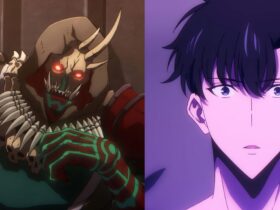


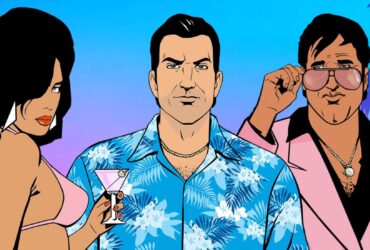


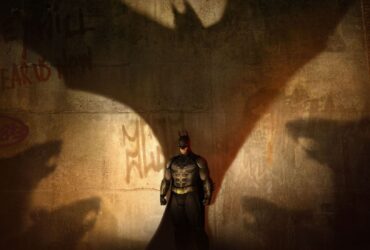
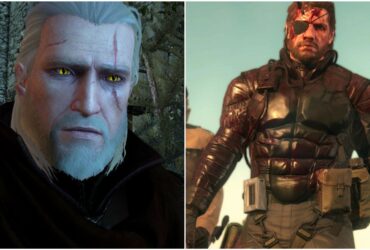
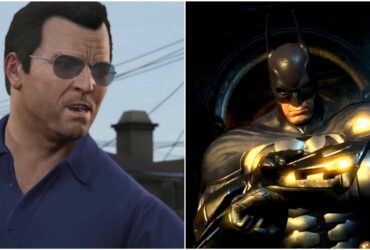
Leave a Reply